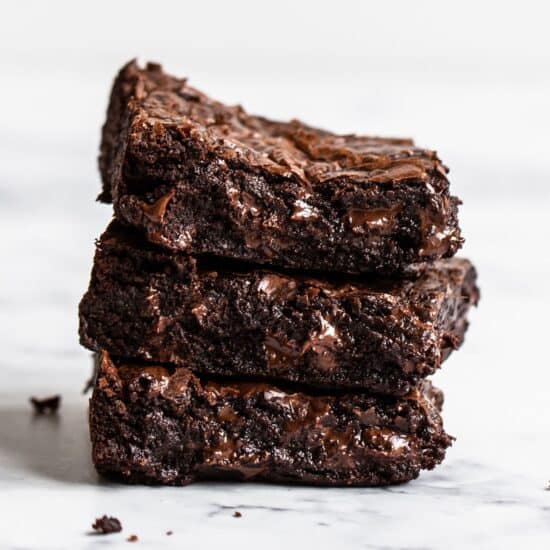Can you get sick from eating frosting?
Frosting is often added to cakes or cupcakes to give them a nice shiny look. But did you know that frosting also has its own health benefits? Learn more about the amazing properties of frosting.
Frosting is usually made from powdered sugar, butter, milk, egg yolks, vanilla extract, and other ingredients. It’s then spread over cakes, cookies, pies, and cupcakes.
Frosting is a sweet treat that adds flavor and texture to baked goods. It’s also known as icing because it resembles the white frosting on top of a cake.
Frosting is delicious, but it also contains sugar. Sugar has been linked to tooth decay and cavities, so should you eat too much frosting?
Frosting is sweetened condensed milk, often mixed with buttercream or whipped cream. It’s usually served at parties and holidays, but it’s also found in cakes, pies, and other desserts.
Can you get sick from eating frosting?
Yes, frosting can cause illness if you eat too much of it. In fact, there are many different types of illnesses caused by consuming frosting. Some people have developed an allergy to frosting. Others may develop an infection after eating frosting. Still others may even experience a heart attack when they eat frosting!

The most common type of frosting-related illness is called oral allergy syndrome (OAS). This condition occurs when someone eats something with frosting on it and develops hives or swelling in their mouth. OAS is not dangerous but it does make your lips feel tight and swollen.
If you think you might be suffering from OAS, try avoiding foods like chocolate, nuts, strawberries, bananas, and dairy products for several days before seeing your doctor. Your doctor will probably prescribe antihistamines to help control your symptoms.
Another type of frosting-induced illness is frosting poisoning. This happens when someone ingests too much frosting at one time. Symptoms include vomiting, diarrhea, abdominal pain, and low blood pressure. If this happens, call 911 immediately.
Other types of frosting-related illnesses include:
• Frosting Allergy – This is a rare allergic reaction to certain food additives used in frostings. The exact cause isn’t clear, but some experts believe it could be related to soy lecithin.
• Frosting Poisoning – This happens when someone consumes too much frosting all at once. The person may vomit, suffer from stomach cramps, diarrhea, and low blood pressure, among other things.
• Frosting Anaphylaxis – This is a severe allergic reaction to frosting. People who suffer from this type of allergy should always carry an epinephrine kit with them. They should also avoid eating anything containing frosting until they receive medical treatment.
• Frosting Heart Attack – This is a very serious problem that only affects people who have a history of high cholesterol. When someone eats lots of frosting, he or she can actually have a heart attack.
• Frosting Lips Syndrome – This is another name for OAS. People who have this condition typically experience hives around their mouths.
• Frosting Mouth Ulcers – These ulcers form inside the mouth when someone eats large amounts of frosting.
• Frosting Stomatitis – This is inflammation of the mouth area.
Frosting can cause a number of health problems. To reduce your risk of frosting-related problems, follow these tips:
• Don’t eat frosting straight out of the container. Instead, use a spoon to scoop out small pieces of frosting. Then place them on top of your regular food.
• Never eat more than two tablespoons of frosting at any given time.
• Avoid foods that contain milk, eggs, peanuts, tree nuts, fish, shellfish, wheat, gluten, soybeans, corn, tomatoes, potatoes, carrots, celery, onions, garlic, yeast, caffeine, alcohol, and MSG.
• Keep your refrigerator clean so that no bacteria grows on the surface.
• Wash your hands frequently after handling frosting.
• Make sure that your kitchen has good ventilation.
• Do not let children play with frosting.
• Have your dentist check your teeth every six months.
Yes! There are many ways to treat frosting-related illnesses. Some doctors recommend using over-the-counter medications such as Benadryl, Zyrtec, Claritin, or Tums. Others suggest taking antihistamines like Benadryl, Allegra, or Claritin.
Still others recommend using prescription drugs such as Prednisone, Imodium, or Pepto Bismol. If you think you might have a frosting-related illness, see your doctor right away. He or she will give you the best advice about what to do next.
What if I accidentally swallow a piece of frosting?
If you accidentally swallow a piece of icing, don’t panic. You can still recover from this situation. First, try to keep calm. Second, drink plenty of water. Third, chew gum. Fourth, take a few deep breaths. Finally, call 911 immediately.
If you are unable to speak clearly, make short, staccato sounds instead. For example, “Chew chew chew. Chew chew chew.”
Do not attempt to remove the frosting yourself. Instead, wait for emergency services to arrive.
Do not try to force the frosting down your throat. Doing so could lead to choking.
How long does it take for frosting to leave my body?
It depends on how much frosting you ate. The average person usually feels better within 30 minutes to one hour after eating frosting. However, some people may feel ill for up to 24 hours.
How do I know if I am allergic to frosting?
You should be aware that frosting contains ingredients that are similar to those found in peanut butter. Therefore, if you have an allergy to peanuts, you may also have an allergy to frosting.
You should always tell your doctor if you suspect that you are allergic to anything. Your doctor will then decide whether you need to avoid frosting entirely.
Does frosting go bad in the fridge?
Frosting is safe to store in the refrigerator. It keeps well for several days. But remember to discard it when its expiration date expires.
Are there other types of icings besides frosting?
Yes. There are three basic kinds of icings: chocolate, vanilla, and strawberry. Each kind comes in different flavors. Chocolate icing is made by mixing cocoa powder into sugar syrup. Vanilla icing is made by adding vanilla extract to sugar syrup.

Strawberry icing is made by combining powdered gelatin with strawberries.
What is the difference between frosting and icing?
Frosting is a sweet topping used on cakes, cookies, pies, cupcakes, and pastries. Ice cream and ice milk are also considered frosting.
Icing is a hard candy coating that is often used to decorate cake layers.
